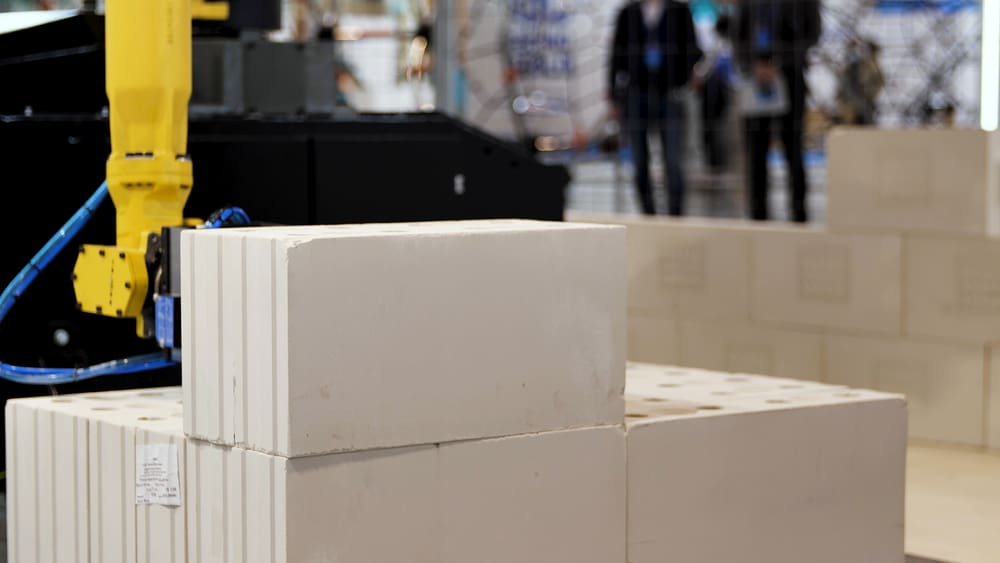Every year, our technology advances further. From phones to vacuums, computers are everywhere. We have become good at using robots for daily tasks without even thinking about it. Nowadays, we frequently use artificial intelligence to solve problems. In fact, artificial intelligence can develop solutions that the human mind and body cannot do quickly or are incapable of doing at all. We used to have to build homes by hand; now, we have robots capable of making entire houses in a single day. Say goodbye to cleaning and sanitizing hospital rooms and other areas with back-breaking labor. Thanks to artificial intelligence, we can use a powerful light for an even better cleaning effect than before.
Finally, we have vehicles that can drive you from one location to another without anyone touching the steering wheel. This year, AI creates enhanced therapy with artificial pets who can learn their own name and set sleep patterns. We can even construct the essential elements of our cells to see what proteins may look like. Let’s take a quick look at what artificial intelligence can do within the last year. Here are 20 AI updates from 2021.
20. Hadrian X is changing the way we build our homes and commercial buildings.

Fastbrick Robotics first tested its creation in 2015, and that’s when Hadrian X changed everything. This artificial intelligence demonstrated to have a bricklaying rate of 225 bricks per hour. Since then, with modern improvements in its AI and other components, Harian X can lay over 1,000 bricks per hour (via Wikipedia). Essentially, this machine could build an entire two-bedroom, one-bathroom house during one average shift. This speed and accuracy will radically change how we can build homes, as this machine can work 24 hours a day without breaks in most kinds of weather. It doesn’t even need to wait for the mortar between the bricks to dry, as it uses a polyurethane adhesive to bind everything together. This adhesive dries within 45 minutes and has better thermal and strength properties than traditional brick mortar has.
Currently, the Hadrian X is in Willagee, Western Australia, where it is working on its largest project to date – building the walls for 16 Townhouses. It uses blocks equivalent to 12 standard construction bricks. Furthermore, it can lay a single block every 30 seconds. They estimate this new project will cut projection time by over 70% compared to a regular crew of bricklayers (via Wikipedia). Though it is not commercially available yet, it is easy to see how much time and money this AI project can save building companies.
